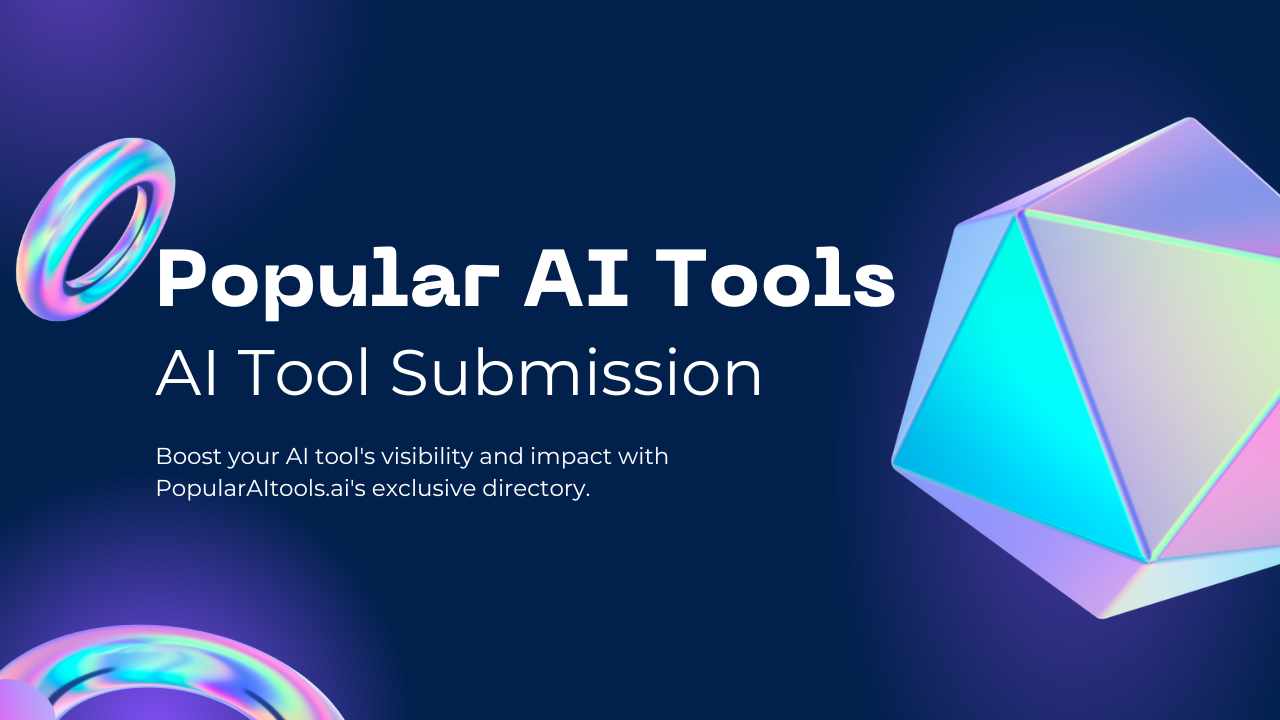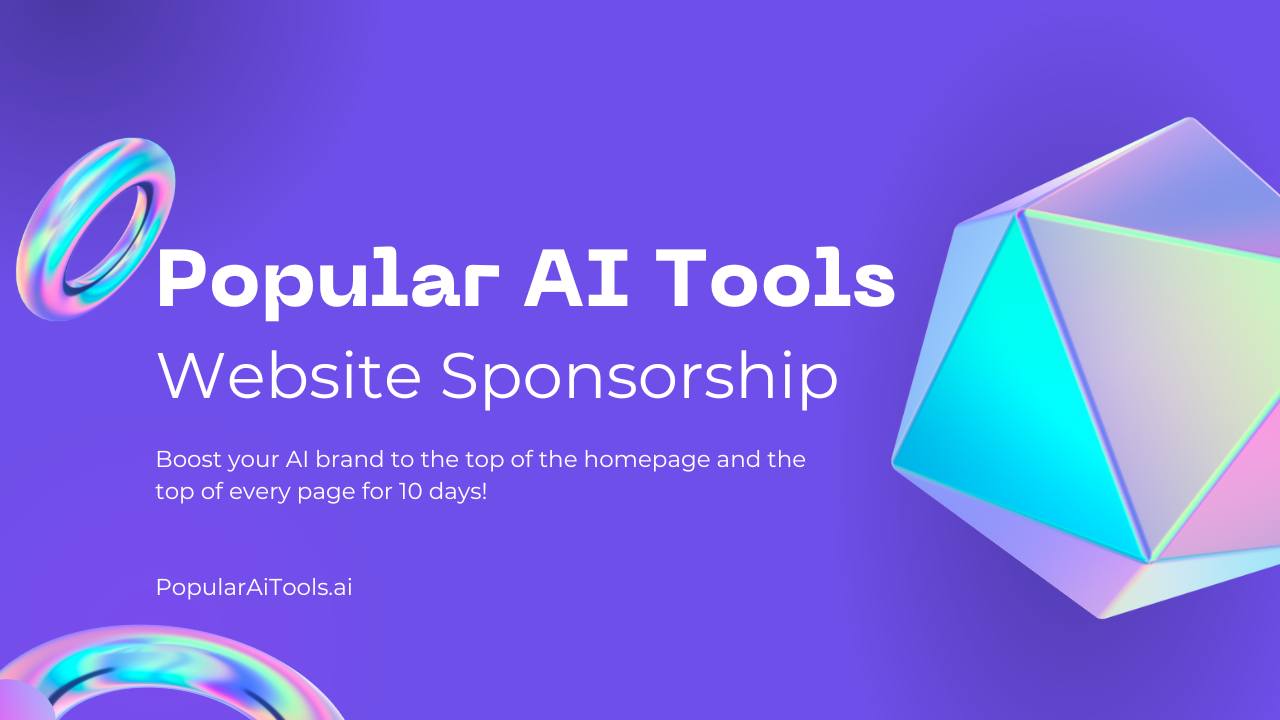AI Demographics: Key Trends and Data Points
AI is no longer a futuristic concept; it’s woven into the fabric of our daily lives. From virtual assistants that help manage our schedules to sophisticated algorithms driving advancements in healthcare, the presence of AI is unmistakable. But who exactly is embracing this technological revolution? Let’s dive into the demographics behind AI awareness and usage to uncover who is most familiar with and utilizing AI technology across various segments of society.
AI Tools Related Articles – Entrepreneurship and Productivity
Enhancing Business Productivity with AI
- Boost Your Business Productivity with the Best AI Tools
- Top AI Tools for Effective Email Management
- 8 Essential AI Marketing Tools for Modern Businesses
- AI Innovations in Influencer Marketing

Key Demographic Insights
- Asians: Leading the way with a remarkable 40% awareness rate, reflecting strong engagement with AI technologies.
- Men: A significant 38% of men are knowledgeable about AI, indicating a gender disparity in tech awareness.
- Age 30-49: This age group shows a robust 38% awareness, highlighting the tech-savvy nature of mid-career professionals.
- Postgraduates: A striking 53% of individuals with postgraduate qualifications are familiar with AI, underscoring the importance of higher education in tech literacy.
- High-Income Jobs: An impressive 52% of high-income earners are aware of AI, pointing to its relevance in well-paid sectors.
- Democrats: Among political affiliations, Democrats show a notable 34% awareness, suggesting political leanings may influence tech engagement.
Explore Featured AI Tools and Blogs
- Explore GPTs and Their Capabilities
- Featured AI Tools for Various Needs
- AI Blog for Latest News and Tips
- 9 Best AI Essay Writers of 2024
Dive Into AI Tool Categories and Reviews
As we explore these insights, we aim to provide a nuanced understanding of how different demographics are interacting with AI. This knowledge not only helps in understanding the current landscape but also in predicting future trends and addressing potential gaps in AI education and accessibility.
AI Usage by Age Group
- Virtual Assistant Usage (Weekly):
- 61+: 30.8%
- 41-60: 14%
- 26-40: 25.3%
- 18-25: 29.9%
- Non-Usage of Large Language Models:
- 18-25: Over 80% have never used them.
- 68% of non-users are Gen X or Baby Boomers.
AI Usage by Gender
- Awareness and Daily Usage:
- Men: 38% aware
- Women: 23% aware
- Spam filters: Men (29.7%), Women (29.2%)
- Weekly and Monthly Usage:
- Virtual assistants: Slightly more popular with men.
- Algorithmic recommendations for playlists: More popular with women.
- Monthly AI tech use (e.g., virtual assistants, fitness trackers): Slightly higher among women.
- Autonomous Vehicle Experience:
- Never driven: Men (84.7%), Women (85.6%)
- Other AI Tech Non-Usage:
- Large language models: Men (78.9%), Women (79.4%)
- Smart cleaning machines: Men (67.5%), Women (67.9%)

Summary
AI awareness and usage vary significantly across different demographics, with notable trends in age, gender, and socioeconomic status. Understanding these patterns helps in targeting AI education and marketing efforts more effectively.
For more detailed insights, check out our latest blog: Popular AI Tools Blog
Frequently Asked Questions about AI Demographics
What are the main factors influencing AI awareness among different demographics?
Education, income, occupation, and cultural exposure significantly influence AI awareness levels.
Why do postgraduates have higher AI awareness?
Higher education often involves exposure to cutting-edge technologies and critical thinking skills, fostering greater awareness of AI.
How does age impact familiarity with AI?
Younger and middle-aged adults, particularly those aged 30-49, are more likely to be tech-savvy and professionally engaged with AI-driven technologies.
What role does gender play in AI awareness?
Men tend to have higher AI awareness, possibly due to greater representation in tech-related fields, though efforts are being made to close this gap.
How does income level affect AI usage?
Individuals in high-income jobs often have access to advanced technologies and resources, leading to higher AI utilization.
Why do Asians lead in AI awareness?
Cultural factors, education systems, and economic development in many Asian countries emphasize technology and innovation.
Are political affiliations linked to AI awareness?
Yes, certain political groups, like Democrats, may be more engaged with progressive technologies, including AI.
What are the implications of AI awareness disparities?
These disparities can lead to unequal access to AI’s benefits and opportunities, emphasizing the need for inclusive tech education.
How can AI awareness be increased among underrepresented groups?
Implementing targeted educational programs and promoting diversity in tech fields can help bridge the awareness gap.
Is there a correlation between socioeconomic status and AI familiarity?
Yes, higher socioeconomic status often correlates with greater access to education and technology, leading to higher AI familiarity.
Do different industries show varying levels of AI adoption?
Sectors like finance, healthcare, and IT are at the forefront of AI adoption, reflecting the diverse applications of AI across industries.
How does AI awareness impact job opportunities?
Higher AI awareness can lead to better job prospects in tech-driven fields, highlighting the importance of staying informed.
What educational resources are available to improve AI literacy?
Online courses, workshops, and certification programs offer accessible ways to enhance AI knowledge across demographics.
How do cultural attitudes towards technology influence AI engagement?
Societal values and attitudes towards innovation play a crucial role in how different cultures embrace AI.
What future trends can we expect in AI demographics?
Increasing efforts in AI education and awareness are likely to result in more equitable distribution of AI familiarity across diverse demographic groups.
Creative Applications of AI
- Develop Your Free AI App with Llama 3
- Exploring AI in Songwriting: Creative Potentials
- Amazon’s Quantum Leap in AI Technology
AI in Communication and Media
- Revolutionizing Media with the Best AI Voice Cloning Software
- Meet the Top 6 Celebrity AI Voice Generators
- Transforming Interactions: Chatbots and GPT-2
- ChatGPT’s Role in Humanizing Digital Communications
- AI’s Breakthrough in Transcription Services
Discover AI Integrations and Educational Resources
- AI Tool Categories & Integrations
- AI Courses for Enthusiasts and Professionals
- Submit a Tool to Popular AI Tools
- Advertise Your AI Solutions


